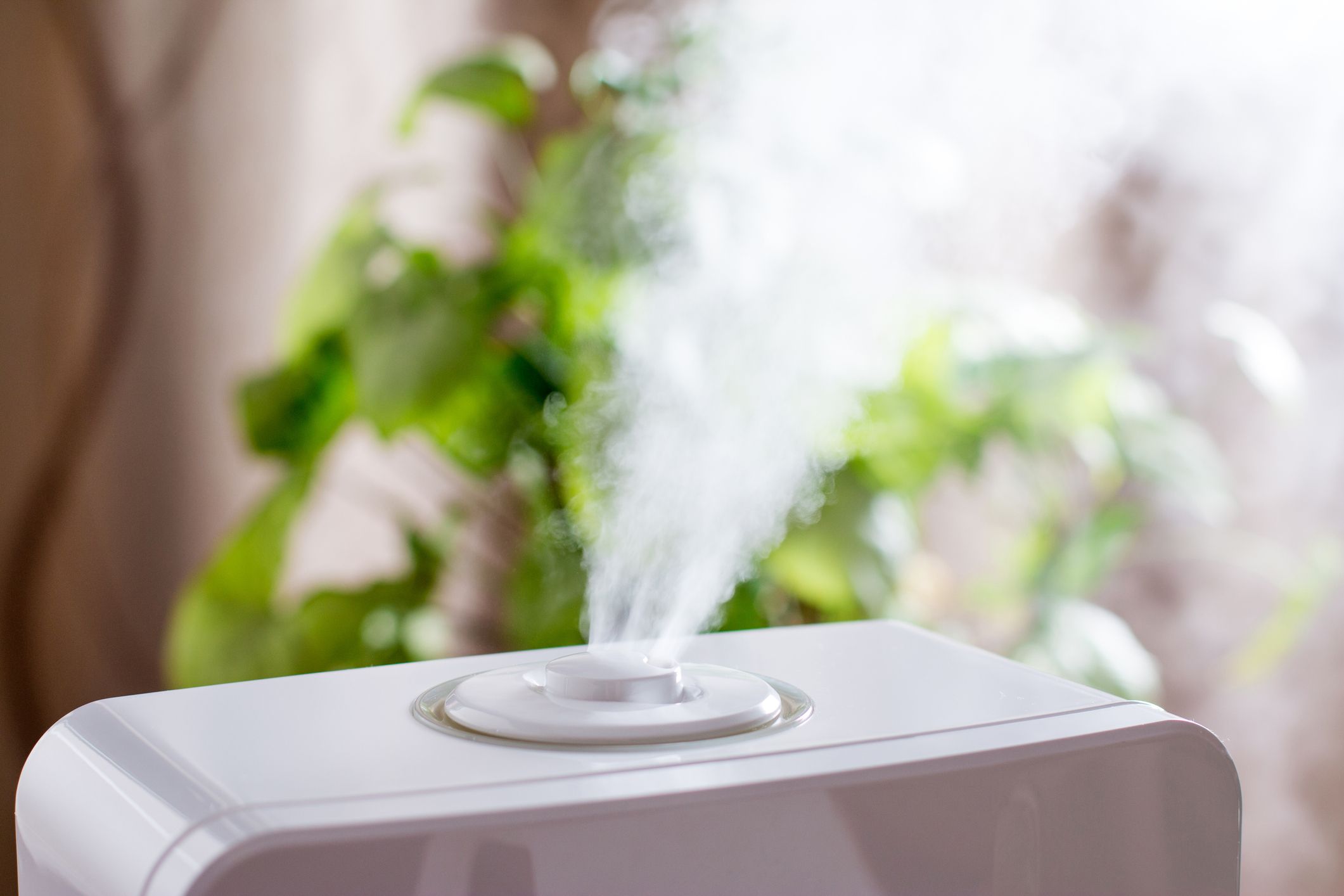Indoor air quality is something that we all take for granted. We turn on the heater and forget about the air until it starts to smell bad or we can’t breathe! This blog post will go over 12 easy ways to improve your indoor air quality so that you don’t have to worry about these problems anymore.
Open the windows: Considering the pollution levels in all major cities across the States, asking to open your windows might seem counterintuitive. But opening your windows can help you improve the quality of air in your home. Opening your windows will let fresh, clean outside air come inside and replace the harmful indoor air. Be sure to keep an eye out for drafts which means chilling winds coming in from outside. This can cause illnesses like colds and flu, especially during cold seasons. If you live somewhere windy but want to enjoy open windows all year round, try using a draft guard.
Use purifiers: If you cannot open up the windows for whatever reason, an alternative way to get fresh inside air is by using an air purifier. A good quality purifier with high-grade filters will be able to pull out most contaminants from the air, which means clean, breathable oxygen!
Filter the HVAC system: The biggest source of pollutants indoors comes from our heater or AC units. When we turn on these systems, they pump huge amounts of toxic gases and microscopic particles into our home’s viaducts. Luckily, you can use an air filter to fix this problem! A good quality HEPA-type filter will be able to catch all of the pollutants before they even reach your home.
Take out your carpets: Carpets are one of the biggest culprits for indoor air pollution because they trap allergens inside their fibers! It is recommended to remove all wall-to-wall carpeting if you want cleaner, fresher air. If this isn’t possible, consider removing it from certain rooms like bedrooms or play areas for kids where there is more activity. Also, make sure that you clean up any spills on your carpet right away and empty trash cans frequently since both can lead to mold growth which means poor quality air indoors!
Use natural cleaning products: There are many harmful chemicals found in commercial cleaners, including bleach, ammonia, benzene (found in furniture polish), formaldehyde (found in wood preservatives), and more. These chemicals not only pollute the air but are also bad for your health! Try using green cleaners when possible to minimize the concentration of chemical fumes inside your house.
Maintain proper humidity levels: Humidity can play a massive role in our everyday comfort but did you know that too little or too much humidity can make us sick? The ideal relative humidity range is between 30-50%, with 40-45% considered optimal. If there isn’t enough moisture in the air, we tend to feel dry, which means things like nose bleeds start happening and other respiratory problems arise. In contrast, at high levels of humidity, we begin to feel humid, and this leads to mold growth and humidity-related illnesses like asthma. Buy a hygrometer (a device that measures the amount of water vapor in the air) if you want accurate readings, or just keep an eye on your relative humidity level each day with a thermometer!
Keep houseplants: Plants are another great way to improve indoor air quality by removing harmful toxins from our home’s atmosphere! Some good choices include aloe vera, spider plants, bamboo palm trees, and peace lilies. Just make sure they have enough space around them since small ones can do more harm than good due to their limited root systems.
Buy second-hand furniture over new ones: You might be wondering, what’s my furniture got to do with air quality? A lot. New furniture is filled with chemicals that release fumes into your household, reducing the air quality. It is recommended to buy second-hand furniture or at least new pieces made from natural materials since these products release a lower amount of chemicals into the air. If you want new, make sure it doesn’t have any laminated surfaces and use a good quality sealant if needed!
Inspect your home for mold: Mold can grow anywhere indoors where moisture accumulates, so you must regularly inspect all areas of your house. Once mold starts growing in an area, get rid of it immediately because not only does mold create foul smells, but it is also harmful to human health. Also, clean up spills on hardwood floors right away and dry wet carpets slowly over time, so they don’t become breeding grounds for molds.
Install a high-quality HVAC system: If you want to improve your indoor air quality in the long term, it’s time to invest in an effective heating and cooling system. You can consult with experts who will suggest the best options for your home, depending on how much insulation is included and if there is any radiant heat. Installing a high-quality HVAC system can help improve indoor air quality and maintain humidity levels around the house.
Clean your air ducts regularly: If your HVAC system has a central air handler, you’ll want to clean its ducts regularly. Not only will this prevent dust from being pushed back into the house, but it will improve indoor air quality by removing contaminants brought about by any biological growth within the ductwork.
There are many ways to improve your indoor air quality, and we hope you found the information in this blog post helpful. Please feel free to share what other strategies have worked for you, or if you need help figuring out how to create a plan that works best for your home and family, consider talking to an air duct professional.

